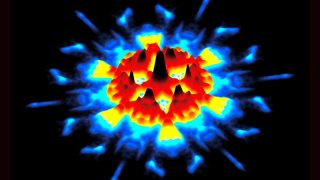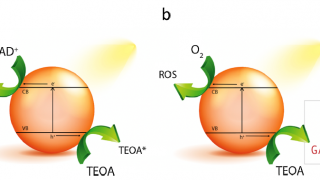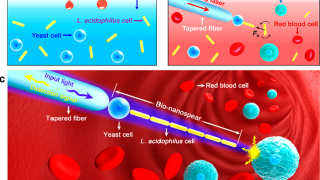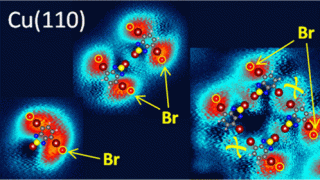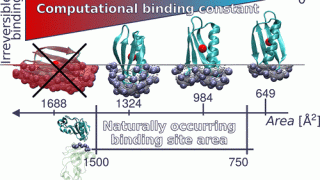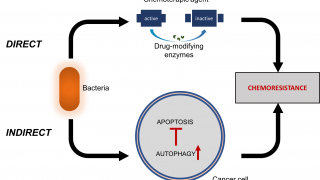
Bacteria and cancer: the deadly mix
Chemo-resistance remains a leading cause of mortality in cancer. Two recent discoveries demonstrate that some bacteria strains induce chemo-resistance, and can be targeted to increase the efficacy of therapeutic agents. The emerging relationship between the microorganisms and tumor progression has led many research groups to investigate whether the existence of a particular pattern of bacteria […]
